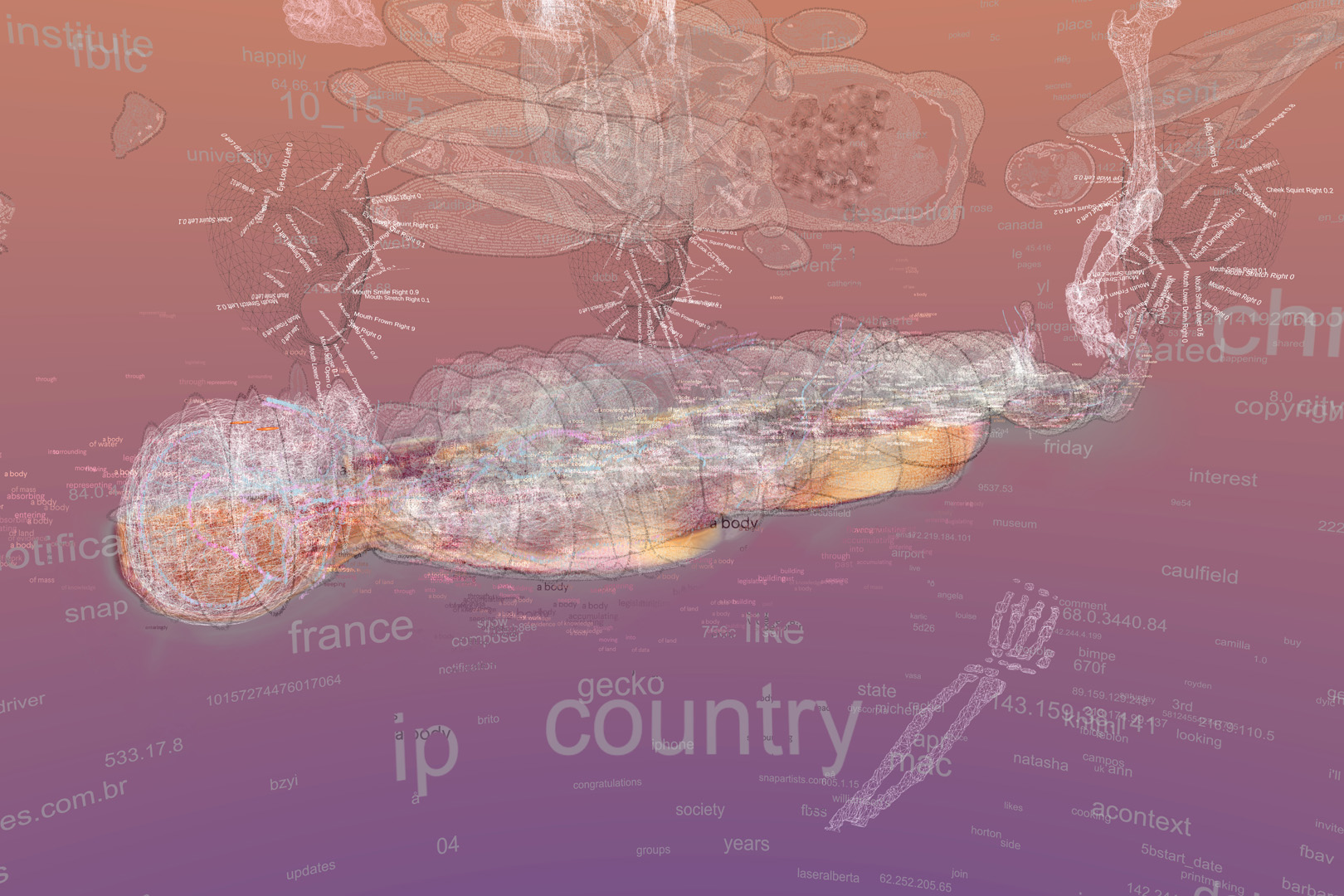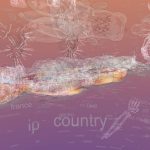J. R. Carpenter, Marilène Oliver, Scott Smallwood, Stephan Moore: My Data Body
Notice: Pod Template PHP code has been deprecated, please use WP Templates instead of embedding PHP. has been deprecated since Pods version 2.3 with no alternative available. in /data/siggraph/websites/history/wp-content/plugins/pods/includes/general.php on line 518
Artist(s):
Title:
- My Data Body
Exhibition:
- SIGGRAPH 2022: Arts and Health: The Convergence
-
More artworks from SIGGRAPH 2022:
Notice: Array to string conversion in /data/siggraph/websites/history/wp-content/plugins/siggraph-archive-plugin/src/next_previous/source.php on line 345

Notice: Array to string conversion in /data/siggraph/websites/history/wp-content/plugins/siggraph-archive-plugin/src/next_previous/source.php on line 345

Category:
Artist Statement:
In My Data Body, the magnetic resonance (MR) scanned body of the artist Marilène Oliver floats prone within a `cloud’ of her textual Facebook data. Into the semi-transparent, virtual body are multiple other data corpuses downloaded from social media platforms plotted into cross sections of the body. In the horizontal plane, Mac terminal data is plotted into bone, Google data into muscle and Facebook data into fat. In the vertical plane are plotted data usage agreements. Passwords and logins flow back and forth through veins and arteries, whilst retinal images, dental scans and 3D meshes of organs and bones are suspended within the quantified and datafied body [Lupton 2016; Van Dijck 2014]. There is a continuous stream of text particles that flow through and around the data body that one can swat away or nestle into.
Other Information:
Acknowledgements: My Data Body was made with the research assistance of Kirtan Shah, Walter Ostrander, Chelsey Campbell, Jiayi Ye and benefited greatly from the expertise of the whole KTVR research team. The project has been supported by the Social Sciences and Humanities Research Council of Canada and the Kule Institute of Advanced Studies, University of Alberta.








